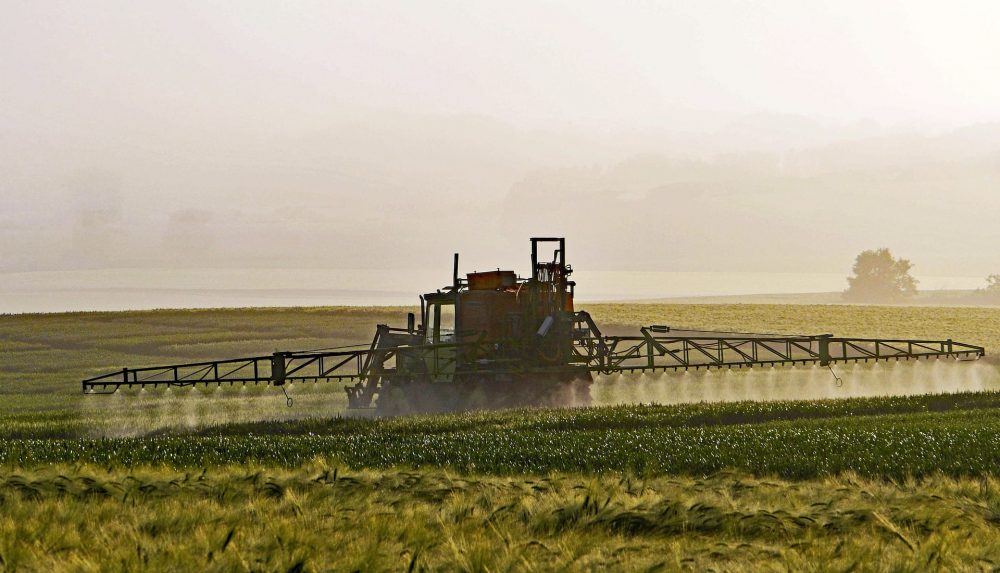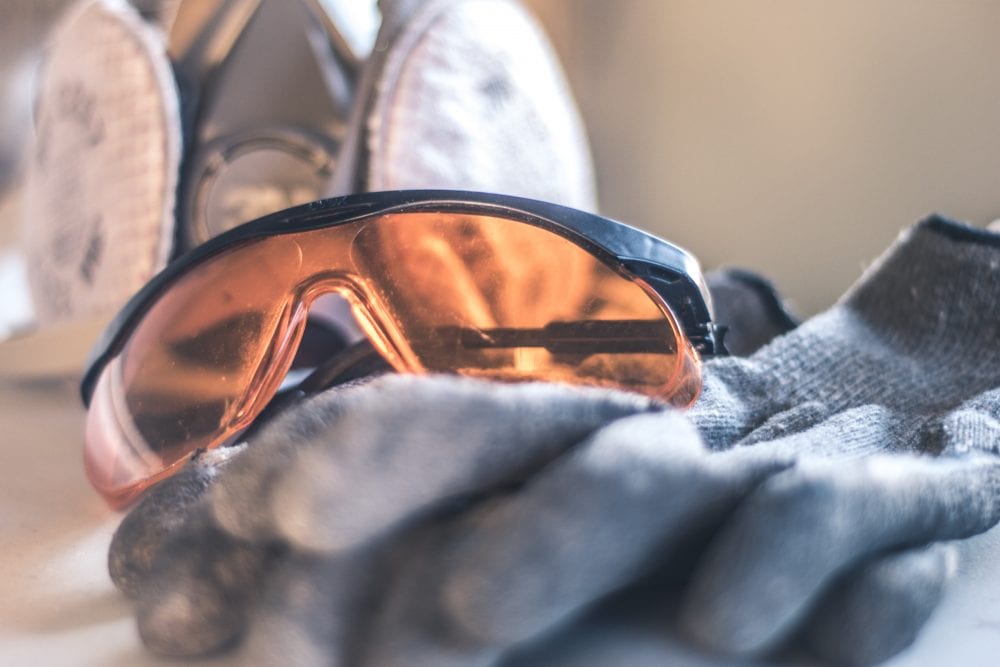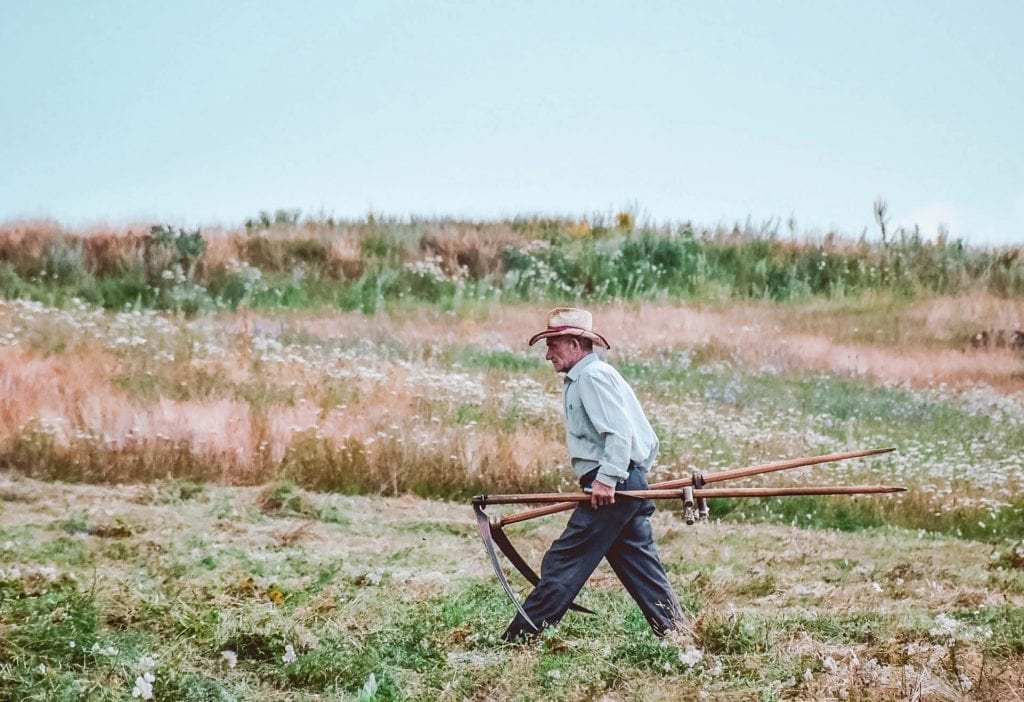No products in the cart.
Agriculture, Safety
Crop accidents: how to avoid risks in the field
Security is a very important issue for all professional sectors. In some situations, however, some workers are more exposed to risks in their daily work, as is the case with professionals in the field. In general, farming professionals are exposed to different physical, chemical, and biological agents that can be potentially harmful to health. Although the risks are high, the agricultural sector is also one of the industries that is most concerned with how to avoid accidents in the field, with a series of laws to protect professionals against potential risks.
Regardless of the legislation, it is important to understand how to prevent some of the most frequent accidents. Therefore, we have brought some special tips to avoid risks in the field, preventing the most common accidents that can happen. Follow!
What are the main accidents and how to avoid risks in the field?
By dealing with often toxic materials and heavy machinery, the risks are diverse. They can cause functional disorders or even personal injury, both permanently and temporarily.
But what are the most recurring risks, after all? Check out:
Chemicals
Pesticides and fertilizers are part of the production routine in the field, but they can also represent silent risks. Depending on the product, contact with the mouth, nose, eyes, skin, and other sensitive areas can be highly harmful.

Physical
When thinking about physical accidents, it is common to remember heavy machinery and potentially dangerous tools, such as the chainsaw. However, it is important to remember other directly related issues. This is the case of excessive exposure to the sun, cramps, and even dehydration, for example.
Biological
Another crop reality is in contact with animals. The problem is that these animals can sometimes be venomous and pose a risk in the field. Besides, stored grain particles, debris, and infectious agents can also be present in these environments and impair worker health.
Organizational
When production is high, naturally, there is a demand for a more intense work rate. If this rhythm does not have a well-structured organizational culture and an adequate number of workers, problems with muscle tension, severe dysfunctions, and repetitive strain injuries can arise as a result of this overloaded routine.
What are the main methods to avoid risks in the field?
Now that we understand the most common risks, we can understand the main prevention methods, always guaranteeing the best resources to maintain safety in the field.
Let’s go to them:
PPE
PPE (Personal Protective Equipment) is the equipment that guarantees the prevention of accidents in any work area, whether in the field, in industry, factories, among others. They are not only auxiliary but fundamental for the protection of the health and life of the worker.

It is important to invest in quality safety equipment: helmets for work with heavy machinery, always keep sprayers calibrated and free from leaks, as well as protective masks and gloves to prevent contamination when using pesticides. These are some practical examples. The rule is: if there is a risk, you should always think about the ideal equipment to prevent it.
Prevention actions
Once the risks are identified, it is also possible to determine a series of preventive measures that provide safer scenarios. Some strategies in this regard are:
- Constant supervision;
- Frequent checking to identify technical irregularities, recurring defects, and other safety risk factors;
- Conducting training so that workers know how to perform their tasks better, reducing the risk of accidents;
- Awareness campaigns encouraging the use of PPE;
- Ensuring proper transportation;
- Providing storm shelters.
- Provide adequate places to transport and separate tools;
- Always provide appropriate food.
The idea here is to implement a set of measures to further reduce the incidence of accidents and health risk scenarios in the countryside. With the difficulty of supervision in environments such as crops, these measures need to be further reinforced.
Sensors
Technology also brings great opportunities for risk prevention in the field. The use of sensors, for example, is a resource capable of collecting information about the environment and generating data on the different factors analyzed.
Thus, we acquire data on height, wind speed, temperature, air humidity, and even soil variability.
With this information at hand, it is possible to identify better ways to optimize the crop, but also to protect the employee’s health. An example: when collecting information about the height, you analyze the terrain topography and, from there, you can better adjust the spray booms automatically, without the need for the operator.
Thus, artificial intelligence helps to avoid accidents in the field, reducing the need for manual supervision and control.
Bet on prevention always first
When dealing with situations that can bring so many risks, prevention is the best way. We are talking about scenarios that bring together a combination of factors: chemical, physical, biological, and even organizational.
To avoid serious consequences, it is necessary to invest in efficient prevention methods, such as those listed above. Thus, work safety is combined with better crop yields.


